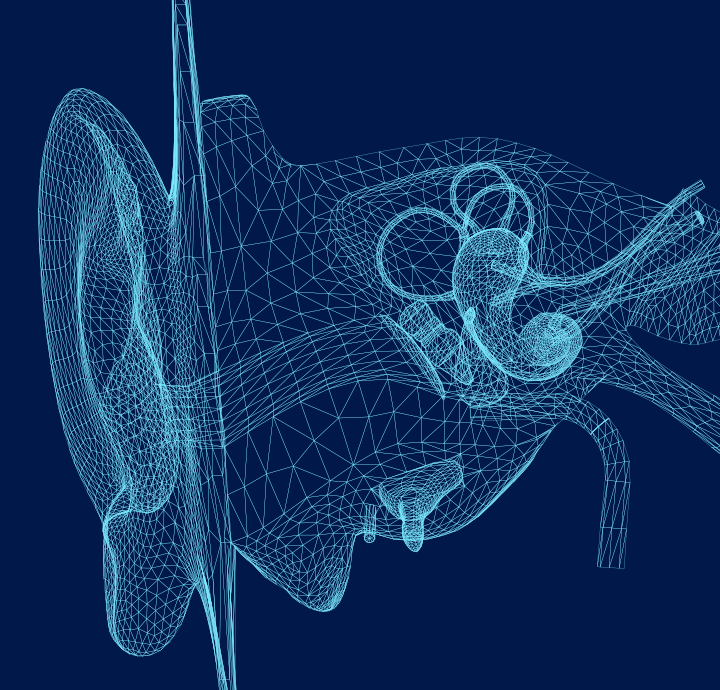The ventilation tube is a plastic device that is placed on the eardrum and controls the air inlet and outlet in the middle ear and prevents fluid accumulation. Briefly referred to as the ear tube, this apparatus resembles a thread spool in appearance.
The middle ear is an air-filled space that contains the ossicles of our hearing system and the windows opening to the inner ear. A structure called the Eustachian tube, which opens from the middle ear towards the nasal cavity, and its function provide air exchange in the middle ear. The Eustachian tube is made up of cartilage and muscles. If this tube cannot equalize the middle ear pressure with the external air pressure, the pressure in the middle ear causes collapse in the eardrum, fluid accumulation, and consequently hearing loss. Patients with impaired Eustachian tubes are likely to experience frequent episodes of the respiratory tract and middle ear infections.
Who Needs Ear Tubes?
An ear ventilation tube should be inserted in patients who do not respond well to regular drug therapy for several months. However, if the patient has very serious problems such as hearing loss, or if there are signs of hearing loss, an ear tube should be inserted immediately. It would be reasonable to decide according to the patient’s condition. While it is possible to wait even 6 months in some patients, it is necessary to take action as soon as possible in some patients.
What Are the Types of Ear Ventilation Tubes? How Are They Installed?
Ear Ventilation tubes are made of Teflon, silicone, stainless steel, gold, or titanium. Short-term (6-12 months) or long-term (2-3 years) tubes are used according to the needs of the patient. Short-term ear ventilation tubes are used more. While these tubes are expelled from the eardrum on their own, long-term ventilation tubes are not expelled from them; They must be taken by a doctor. Long-term Ventilation tubes are suitable for patients who have used short-term ear tubes before or for children with cleft palate.
The ear tube is inserted under general anesthesia. There is no pain after the procedure. The tube placed in the eardrum acts as a bridge between the external environment and the middle ear. It is necessary to protect the completely sterile middle ear cavity against microbes that may come from outside. Silicone earplugs should be used during the shower and before swimming since these microbes come mostly through the water. The tube, which is fixed very strongly to the eardrum, does not move with physical activities such as exercises. It is removed by itself or by the doctor when the time comes.
FAQ
Ear tubes, also called ventilation tubes, are a method applied in cases with fluid accumulation in the middle ear. It is usually seen in children up to 10 years of age with adenoid enlargement.
Depending on the type of material the ear tubes are made of, they have a residence time in the ear and vary. This also affects how long the child needs the tube.
Ear tubes are usually applied as a result of problems such as inoperability of the eustachian tube, enlarged adenoids, and nasal cancer.

